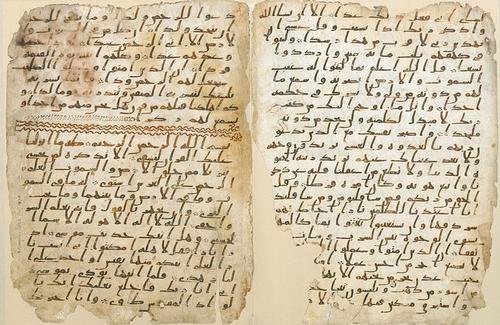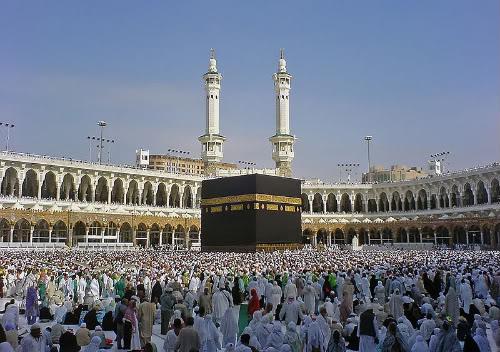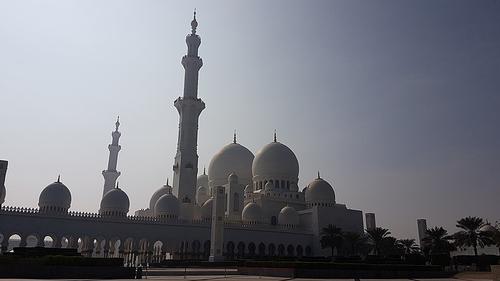UNITED ARAB EMIRATES
Population

Population
Population
The United Arab Emirates is home to 10 million people (2024). The population density is about 125 inhabitants per square kilometre.
- The natural population growth rate is 0.6%. (2024)
- Birth rate per 1000 inhabitants is 10.7 (2024)
- Death rate per 1000 inhabitants is 1.7 (2024)
- Life expectancy is 79.9 years. (men 78.6 and women 81.4 years (2024)
Only 12% of the population is indigenous. 30% of the population are other people of Arab origin and Iranians. 50% of the population are guest workers from South Asia and another 8% are Westerners and East Asians.
Language
Arabic is the official language of the United Arab Emirates. In addition, Farsi, English, Hindi and Urdu are spoken by the various immigrant groups.
Some pronunciation rules of Arabic:
- -all letters are pronounced
- -a "means that a letter is spoken very briefly
- -de r is a rolling r
- -de y is pronounced sj
- -de sh is pronounced sj
- -the gh is pronounced as a brew-r or French r
- -the kh is pronounced like a hard g
- -de ou is pronounced oe
There is no fixed spelling for Arabic words. The names are written as they are pronounced. So Aqaba can be spelled just as well as Aqaba.
The Arabic script is written from right to left and consists of 28 consonants. Vowels are not written, which results in different Latin spellings for one and the same word. Arabic numerals are written from left to right.
Enkele woorden en zinnen:
| English | Arabic |
| One | wahed, female: wahda |
| Two | etnen |
| Three | talata |
| Ten | ‘ashra |
| Hundred | meyya |
| Thousand | ‘alf |
| Sunday | yom el had |
| Woednesday | yom el ’arba’ |
| Yes | ‘aywa |
| No | la’ |
| Summer | sef |
| Winter | sheta |
| Where is the hotel? | fen el fondok? |
| What time is it? | essa’a kam? |
| What is your name? | ‘esm-ak ‘ak? (man) |
| What is your name? | ‘esm-ek ‘eh? (woman) |
| Do you have change? | ‘andokom fakka? |
Religion
Islam is the most common religion in the United Arab Emirates. (76%). The majority of the population is Sunni.
 Quran in Arabic scriptPhoto: Public domain
Quran in Arabic scriptPhoto: Public domain
The actions and words of the Prophet Muhammad caused Islam to spread rapidly in the 7th century in the Arabian Peninsula. Mohammed is said to have been visited by the archangel Gabriel, who solemnly read to him the holy word of Allah (God). These words of Allah were put in writing and we now know that as the Quran. Mohammed was the last of a series of prophets, including Adam, Noah, Abraham, Moses, and Jesus, who had been sent to earth by Allah. The words of Muhammad thus took the place of the words of all previous prophets and the Quran also states how the people should live. Muhammad's message spread rapidly, eventually reaching the Atlantic coast in the west and the outlying islands of Indonesia, the largest Muslim country in the world, in the east.
Islam is based on five 'pillars', which should give structure to the daily life of Muslims. The first pillar (shahadah) is the Islamic testimony 'there is no God but Allah and Muhammad is his prophet'. The second pillar (salat) is the duty to pray five times a day in the direction of Mecca. The third pillar (zakat) is the giving of alms, in the United Arab Emirates 10% of the assets are taxed. The fourth pillar (saum) is the fasting month of Ramadan, during which no eating or drinking is allowed between sunrise and sunset. The fifth pillar (hajj) is the pilgrimage to Mecca, which must be accomplished at least once in the life of a Muslim.
The two major schools of Islam are Shia Islam and Sunnism. This dichotomy arose almost immediately after the death of the Prophet Mohammed in 632 AD. and concerns the succession of Mohammed. Sunnis believe that Muhammad had not appointed a successor and therefore made their own choice between Muhammad's two fathers-in-law, and the choice fell on Abu Bakr, the father of Muhammad's favorite wife Aishah. Shites believe that Muhammad had indeed appointed a successor, namely Muhammad's husband daughter Fatima, and thus his son-in-law, Ali ibn Abi Talib. Ali was murdered and his followers demanded that his descendants succeed him. According to the Sunnis, anyone can become a leader of the Muslim world if he sees to the proper exercise and interpretation of the rules of Islam. Shias live mainly in Iran, southern Iraq, Kuwait and as a minority in countries such as India, Pakistan, Lebanon and a number of Gulf states, including the United Arab Emirates. Sunnis, about 85% of all Muslims anyway, live mainly in countries such as Saudi Arabia, Pakistan, Afghanistan, Indonesia and many countries in the Middle East.
 Mecca as a place of pilgrimage is always busyPhoto: Muhammad Mahdi Karim CC 2.5 Generic no changes made
Mecca as a place of pilgrimage is always busyPhoto: Muhammad Mahdi Karim CC 2.5 Generic no changes made
According to Article 7 of the UAE Interim Constitution, Islam is the official state religion of the UAE. The government subsidises almost 95% of mosques and pays the imams. About 5% of mosques are completely private, and a number of mosques receive large private donations. About 75% of the population of the United Arab Emirates are Sunni Muslims.
Dubai also has large Christian, Hindu, Sikh, Buddhist and other religious minorities. Abu Dhabi has a thriving Christian community. Non-Muslim groups have their own places of worship, where they can freely practise their religion. However, the distribution of religious literature is strictly prohibited under penalty of criminal prosecution, imprisonment and deportation.
The Sheikh Zayed Mosque is the eighth largest mosque in the world (approx. 22,000 m2), the largest mosque in the United Arab Emirates and can accommodate 40,000 Muslims, but non-Muslims are also welcome at certain times. The mosque houses the largest carpet in the world made in Iran (5,627 m2), the largest candelabra in the world (diameter 10 m, height 15 m, weight 12,000 kg), 28 types of marble, 82 domes and four minarets, of which the two largest are 115 metres high. The mosque is named after its founder and first president Sheikh Zayed bin Sultan Al Nahyan, who is also buried in the building completed and opened in 2005.
 Sheikh Zayed MosquePhoto: Starbust 245 CC 4.0 Internationaal no changes made
Sheikh Zayed MosquePhoto: Starbust 245 CC 4.0 Internationaal no changes made
In 1992, the remains of the only Christian monastery in the United Arab Emirates were discovered on Sir Bani Yas Island. Archaeologists estimate that the monastery was built around the year 600, but was abandoned in around 750.
Sources
Elmar Landeninformatie
CIA - World Factbook
BBC - Country Profiles
Copyright: Team The World of Info